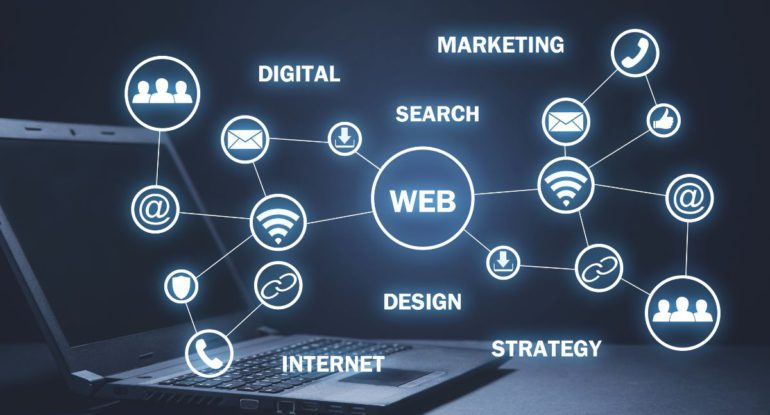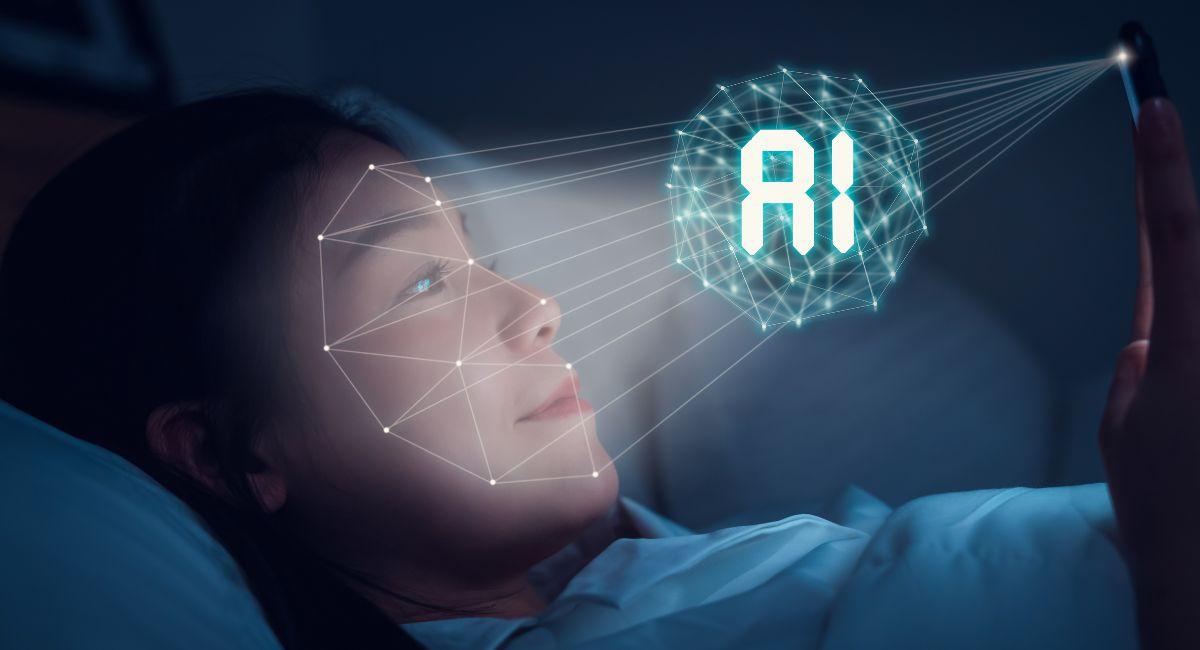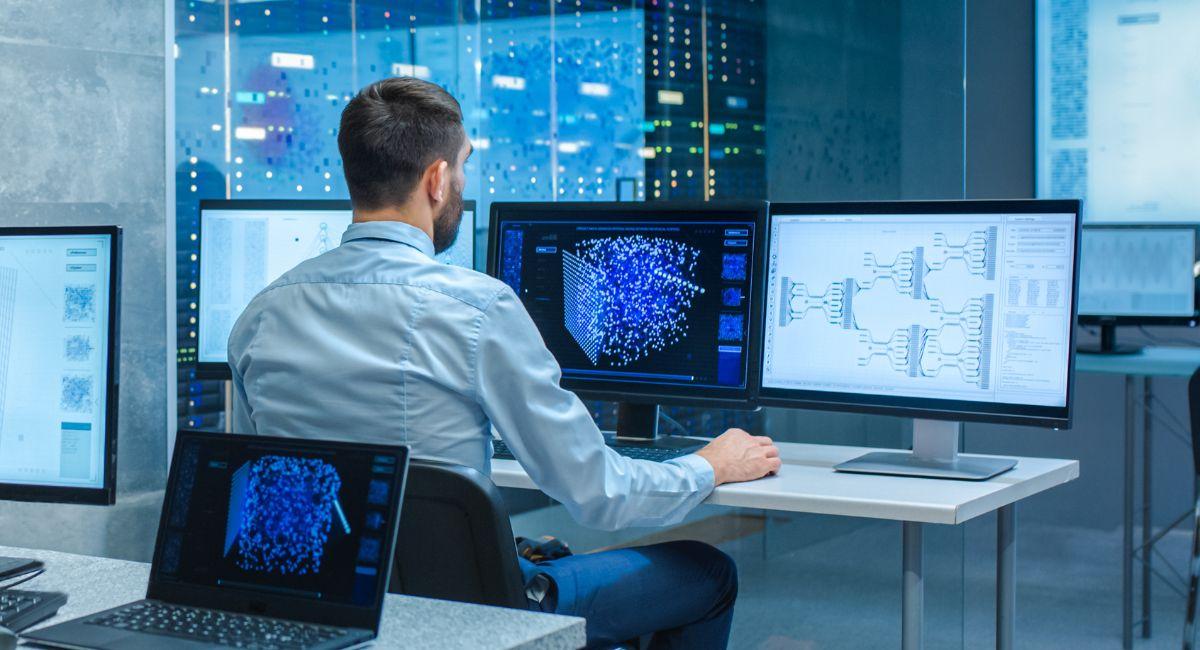Top 10 Amazing Ways Adding AI To Web3 Will Spark An Explosion Of Innovation

The convergence of artificial intelligence (AI) and Web3 technologies is poised to revolutionize industries across the board. Among these transformative potentialities, one of the most exciting prospects lies in the realm of Web3, where blockchain, decentralized platforms, and cryptocurrencies are redefining how we interact with digital assets and services. In this article, we’ll explore how adding AI to Web3 has the potential to ignite a profound explosion of innovation.
Top 10 ways AI to Web3 will start innovation

The Synergy of Web3 and AI
Web3, often dubbed the decentralized web, has already been making waves in various sectors, particularly in finance, gaming, and supply chain management. It introduces principles of decentralization, transparency, and trustlessness through blockchain technology. Meanwhile, AI has been powering advancements in natural language processing, computer vision, and decision-making. The synergy between Web3 and AI holds enormous promise.
Enhanced Security and Trust
Security is paramount in Web3 ecosystems, where blockchain is the foundation. By integrating AI-driven security measures, these systems can become more resilient to threats. AI can analyze vast datasets to detect patterns of fraudulent activity, ensuring the trustworthiness of transactions and identities within decentralized networks.
Smart Contracts and Predictive Analytics
Smart contracts are at the core of many Web3 platforms, automating agreements and transactions without the need for intermediaries. AI can enhance these contracts by enabling predictive analytics. For instance, AI algorithms can assess market conditions and trigger smart contracts based on predefined criteria, optimizing investments and resource allocation.
Improved User Experiences
In the decentralized web, user interfaces can be complex. AI-powered chatbots and virtual assistants can simplify interactions, offering users a seamless experience. They can guide users through complex processes, answer queries, and even personalize content and recommendations based on user behavior.
Data Monetization and Privacy
AI in Web3 can empower individuals to monetize their data securely. Through decentralized data marketplaces, users can control access to their data and grant permissions selectively. AI algorithms can help users understand the value of their data and negotiate fair compensation when selling it.
One thing is for sure, AI will be everywhere in the future.
When AI is in Web3, I think it’s a perfect match!
Imagine an AI that trades according to what you like, that’s the genius idea of @NeoSwap_ai. AI personalized trades that knows your interests and desires will be huge! pic.twitter.com/fJR9IMnAQK
— JC (@delzennejc) September 21, 2023
Supply Chain Transparency
Supply chains benefit immensely from both Web3 and AI. Blockchain ensures transparency and traceability, while AI algorithms can analyze data from IoT devices and sensors to optimize logistics, reduce waste, and predict maintenance needs.
DeFi and Risk Assessment
DeFi (Decentralized Finance) platforms can leverage AI to assess the risk associated with lending and investment strategies. Machine learning models can process data from numerous sources, providing real-time risk assessments and helping users make informed financial decisions.
Content Curation and Discovery
In Web3 ecosystems, content is abundant, and discovery can be challenging. AI-powered recommendation engines can sift through vast datasets to curate personalized content, whether it’s NFT art, music, or news articles, enhancing the user experience.
Decentralized Autonomous Organizations (DAOs)
AI can facilitate decision-making within DAOs. Advanced voting mechanisms, powered by AI algorithms, can prioritize proposals and allocate resources based on the community’s needs and preferences, creating more efficient and responsive decentralized organizations.
Healthcare and Research
In the field of healthcare, the combination of Web3 and AI can enable secure and privacy-preserving sharing of medical records for research purposes. AI algorithms can analyze this data to accelerate drug discovery and improve patient care.
Also, read – Top 10 Ways NFT Gaming Assets Are Improving Web3 Gaming
Challenges and Considerations

Integrating Web3 (Web 3.0) technology with AI (Artificial Intelligence) systems is a fascinating and complex endeavor that holds great promise for the future of decentralized, intelligent applications. Let’s dive into the challenges and considerations associated with this integration in detail.
- Data Privacy and Security:
- Challenge: In Web3, user data is often owned and controlled by individuals through decentralized identity systems. AI systems need access to data, which raises concerns about data privacy and security.
- Consideration: Solutions like Zero-Knowledge Proofs and privacy-focused AI algorithms are essential. Data should only be accessed with user consent and in a privacy-preserving manner.
- Decentralization vs. Centralization:
- Challenge: Traditional AI models often rely on centralized data and decision-making, while Web3 promotes decentralization. Balancing the benefits of decentralization with the efficiency of centralized AI can be challenging.
- Consideration: Hybrid models that combine decentralized data with centralized AI for certain tasks may be necessary. Decentralized AI governance mechanisms should be explored.
- Scalability:
- Challenge: Blockchain networks, which underlie Web3, can suffer from scalability issues, impacting the speed and efficiency of AI computations.
- Consideration: Layer 2 scaling solutions like sidechains and state channels can help mitigate scalability challenges. Additionally, AI algorithms optimized for distributed processing can improve performance.
- Interoperability:
- Challenge: Web3 encompasses various blockchain networks, each with its own standards and protocols. Ensuring interoperability between AI systems and multiple blockchains is crucial.
- Consideration: Development of standardized protocols, middleware, and cross-chain solutions can facilitate interoperability. Smart contracts can also be used to create bridges between different blockchains.
- Bias and Fairness:
- Challenge: AI models can inherit biases present in the data they are trained on. In Web3, transparent and fair systems are emphasized.
- Consideration: Implementing fairness-aware AI techniques and conducting regular audits to identify and mitigate biases is essential. Decentralized governance can allow for community-driven fairness assessments.
- Tokenization and Incentives:
- Challenge: Web3 often involves token economies, where users are incentivized to participate. Designing AI systems that align with these token-based incentives can be complex.
- Consideration: Creating AI models that provide value to token holders or integrating AI into decentralized applications (DApps) can align incentives. Smart contracts can automate rewards for AI contributions.
- Regulatory Compliance:
- Challenge: The regulatory landscape for Web3 and AI is evolving. Compliance with data protection, financial, and other regulations can be challenging.
- Consideration: Collaborating with legal experts to navigate regulatory requirements and possibly designing AI systems with built-in compliance features can help mitigate legal risks.
- User Education:
- Challenge: Users need to understand how Web3 and AI interact to make informed choices.
- Consideration: Education and user-friendly interfaces that explain data usage, AI decisions, and the benefits of Web3 can enhance user adoption and trust.
In summary, integrating Web3 with AI presents exciting opportunities but also significant challenges. Addressing issues related to privacy, decentralization, scalability, interoperability, bias, incentives, regulations, and user education will be crucial to creating a successful and ethical fusion of these two powerful technologies.
Why The world of Web3 will unravel with AI?

The world of Web3, characterized by decentralized applications, blockchain technology, and peer-to-peer interactions, is poised to be significantly impacted by the integration of artificial intelligence (AI). Here are several reasons why the convergence of Web3 and AI could lead to transformative changes:
- Enhanced Personalization: AI algorithms can analyze vast amounts of user data collected from blockchain interactions and decentralized applications to provide highly personalized experiences. By understanding user preferences, behavior, and engagement patterns, AI-powered systems can tailor content, recommendations, and services to individual users, thereby enhancing user satisfaction and engagement in the Web3 ecosystem.
- Improved Decision-Making: AI algorithms can process and analyze complex data sets from decentralized networks, smart contracts, and blockchain transactions to provide insights and facilitate decision-making for users and developers. AI-driven analytics platforms can identify trends, anomalies, and opportunities within Web3 ecosystems, enabling more informed decision-making and strategic planning for stakeholders.
- Automated Governance and Compliance: AI-powered systems can assist in automating governance processes and compliance mechanisms within decentralized autonomous organizations (DAOs) and blockchain-based protocols. AI algorithms can monitor transactions, enforce protocol rules, detect fraudulent activities, and ensure compliance with regulatory requirements, thereby enhancing the security, transparency, and integrity of Web3 platforms.
- Scalable Infrastructure: AI techniques such as machine learning and deep learning can optimize the scalability, efficiency, and performance of Web3 infrastructure and decentralized networks. AI algorithms can dynamically allocate resources, optimize network parameters, and improve consensus mechanisms to enhance the scalability and throughput of blockchain platforms, enabling them to support a broader range of applications and users.
- Enhanced Security and Privacy: AI-powered cybersecurity solutions can help detect and mitigate security threats, vulnerabilities, and attacks within Web3 ecosystems. AI algorithms can analyze network traffic, detect anomalous behavior, and identify potential security breaches in real-time, thereby enhancing the resilience and robustness of decentralized networks and protecting user data and assets from malicious actors.
- Natural Language Processing (NLP) Integration: AI-powered NLP technologies can facilitate seamless communication and interaction within decentralized applications and Web3 platforms. NLP algorithms can enable conversational interfaces, voice commands, and chatbots to enhance user engagement, support customer service, and streamline transactions within decentralized ecosystems.
- Content Creation and Curation: AI algorithms can generate, curate, and optimize content within Web3 platforms, including articles, videos, and multimedia content. AI-driven content creation tools can assist creators in generating high-quality content, while AI-powered recommendation engines can personalize content discovery and improve user engagement within decentralized content platforms.
- Predictive Analytics and Forecasting: AI algorithms can leverage historical data and predictive analytics techniques to forecast market trends, anticipate user behavior, and optimize resource allocation within Web3 ecosystems. By analyzing blockchain data and transaction patterns, AI-powered predictive models can help stakeholders make informed decisions and capitalize on emerging opportunities within decentralized markets.
Overall, the integration of AI into the world of Web3 holds immense potential to unlock new capabilities, enhance user experiences, and drive innovation across decentralized applications, blockchain platforms, and peer-to-peer networks. As AI technologies continue to advance and mature, they are likely to play an increasingly prominent role in shaping the future of Web3 and revolutionizing the way we interact, transact, and collaborate in decentralized digital environments.
Conclusion
In conclusion, the convergence of Web3 and artificial intelligence represents a paradigm shift in the way we conceive, build, and interact with decentralized digital ecosystems. By harnessing the power of AI technologies, Web3 platforms can unlock unprecedented levels of personalization, efficiency, security, and innovation, revolutionizing the way we transact, communicate, and collaborate in the digital age.
From enhanced personalization and decision-making to automated governance and compliance, AI-driven solutions hold the promise of transforming every aspect of the Web3 landscape. Whether it’s optimizing network scalability, enhancing cybersecurity measures, or enabling seamless communication and content creation, AI technologies are poised to play a central role in shaping the future of decentralized applications, blockchain platforms, and peer-to-peer networks.
However, as we embrace the potential of AI in Web3, it’s essential to navigate potential challenges and ethical considerations surrounding privacy, transparency, and algorithmic bias. Collaborative efforts between developers, researchers, regulators, and stakeholders will be crucial in ensuring that AI-powered solutions in Web3 are designed and deployed responsibly, with a focus on inclusivity, fairness, and accountability.
Ultimately, the integration of artificial intelligence into the world of Web3 heralds a new era of decentralized innovation, where the boundaries between human and machine, centralized and decentralized, blur. As we continue to explore the synergies between AI and Web3, we have the opportunity to create more resilient, equitable, and empowering digital ecosystems that empower individuals, foster collaboration, and drive positive societal change in the years to come.




























































